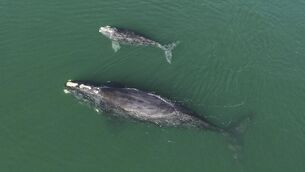Richard Collins: A visit to otter space — in a city park
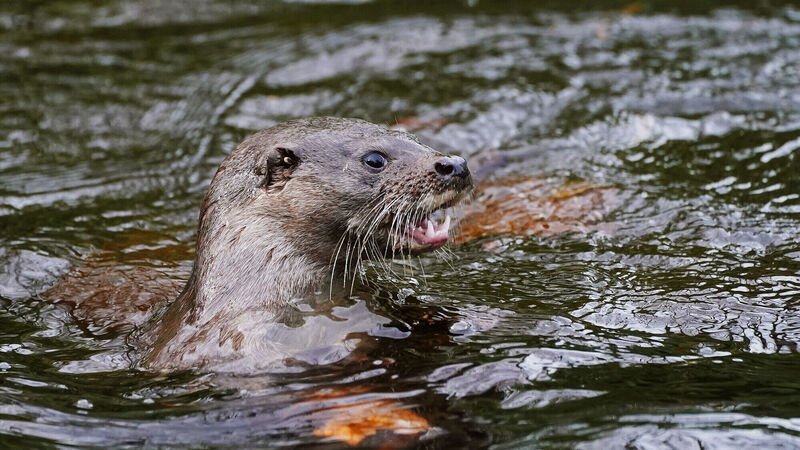
A young otter in Dublin's Herbert Park. Picture: Brian Lawless/PA Wire
, to anyone who’s tried to write, is a technical delight — TE Lawrence.
Henry Williamson, as a soldier in the First World War, witnessed the Christmas truce between German and British troops in 1915.
After the war, according to editor Eleanor Graham, he found himself ‘out of love with mankind’. Renting a cottage in North Devon ‘for one shilling and six pence a week’, he lived there, ‘hermit-fashion’, with 'his strange family of dogs cats gulls buzzards and magpies’, which were ‘free to come and go as they chose’.
Asked to help dig out otter cubs, whose mother had been shot, he took a surviving one home. The cub refused cow’s milk, which Williamson offered using a fountain-pen ink-filler, but fortunately his cat was nursing a kitten. She initially refused to adopt the baby otter but, when the cub had been rubbed against the kitten, she accepted and fed it.
Very vocal otter on the banks of the Lee in Cork City this morning. In my experience this usually means there are other otters about. Sound up for whistles/chirps. #cork pic.twitter.com/RMj2T9VXaC
— Save Our Bride Otters (@savebrideotters) June 30, 2023
Williamson’s subsequent rapport with the youngster, which followed him everywhere, led him to study otters intensively. He went on to write , a novel for adults and older children. Richly documenting the life of an otter from cradle to grave, it was acclaimed by such luminaries as Thomas Hardy and John Galsworthy — and won the Hawthornden Prize for Literature in 1928.
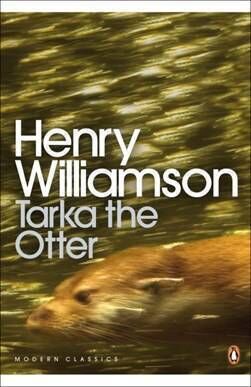
Williamson’s adoption of an otter cub may help explain the recent extraordinary behaviour of an otter in a Dublin park.
Otters, mainly nocturnal hunters, live along rivers lakes and the coast. Ireland is probably the species’ European stronghold, but otters keep such a low profile that few people ever see one. Faint paths through the vegetation, where an otter enters or leaves the water, are signs of its presence. Fishy-smelling spraints and footprints in exposed mud are definitive.
Herbert Park, Ballsbridge, adjoins the river Dodder in Dublin city. The park is closed at night but there’s constant human presence there throughout the day. In early December, wildlife enthusiast Gustavo Zoladz spotted a young female otter in the park’s duck-pond and managed to photograph it.
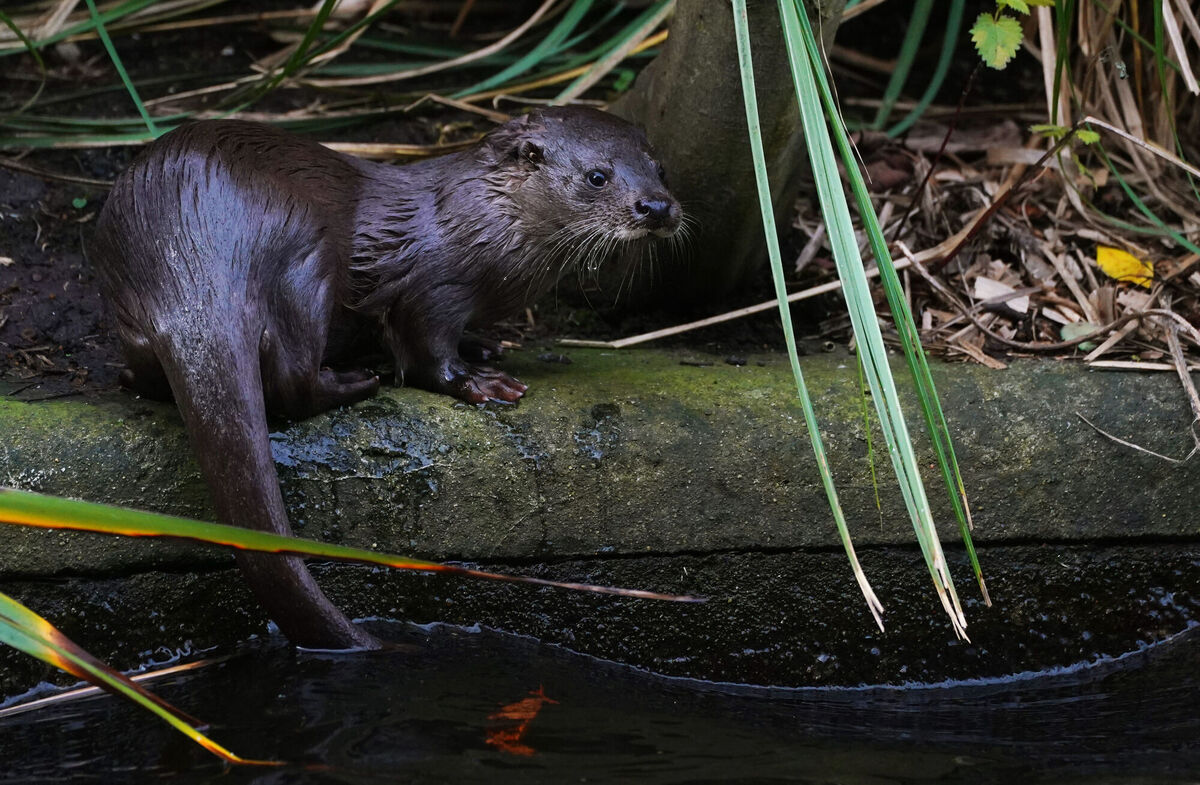
Journalists came to see it. The creature seemed indifferent to the presence of people, not how a self-respecting otter should behave. Nor is the location — a shallow man-made pond — a suitable one for such a wild creature.
Have you walked the Cork Otter Trail yet? 🏞🦦
— Nature Network Ireland (@natnetireland) August 17, 2021
This trail along the River Lee is a great opportunity to learn more about otters in the city.
Reminder: if you do spot an otter, keep your distance! These are wild animals so enjoy from afar.
Photos by Pat Quinlan and Michael Crowley pic.twitter.com/ytt7MNjtG9
We can’t be certain as to how the strange animal arrived in the pond, but it seems likely to have been raised as a pet. Captured as a tiny cub, perhaps, it may have been adopted just as Williamson’s one was.
Keeping otters in captivity is not only illegal but becomes increasingly difficult as an animal gets older. Like other members of the polecat family, otters are smelly and difficult to house-train. Some are temperamental and may bite the hand that feeds them.
Nor are these wild hunters happy when confined. Williamson and his otter had roamed the river banks of North Devon but such excursions would not be an option in built-up dog-frequenting Dublin.
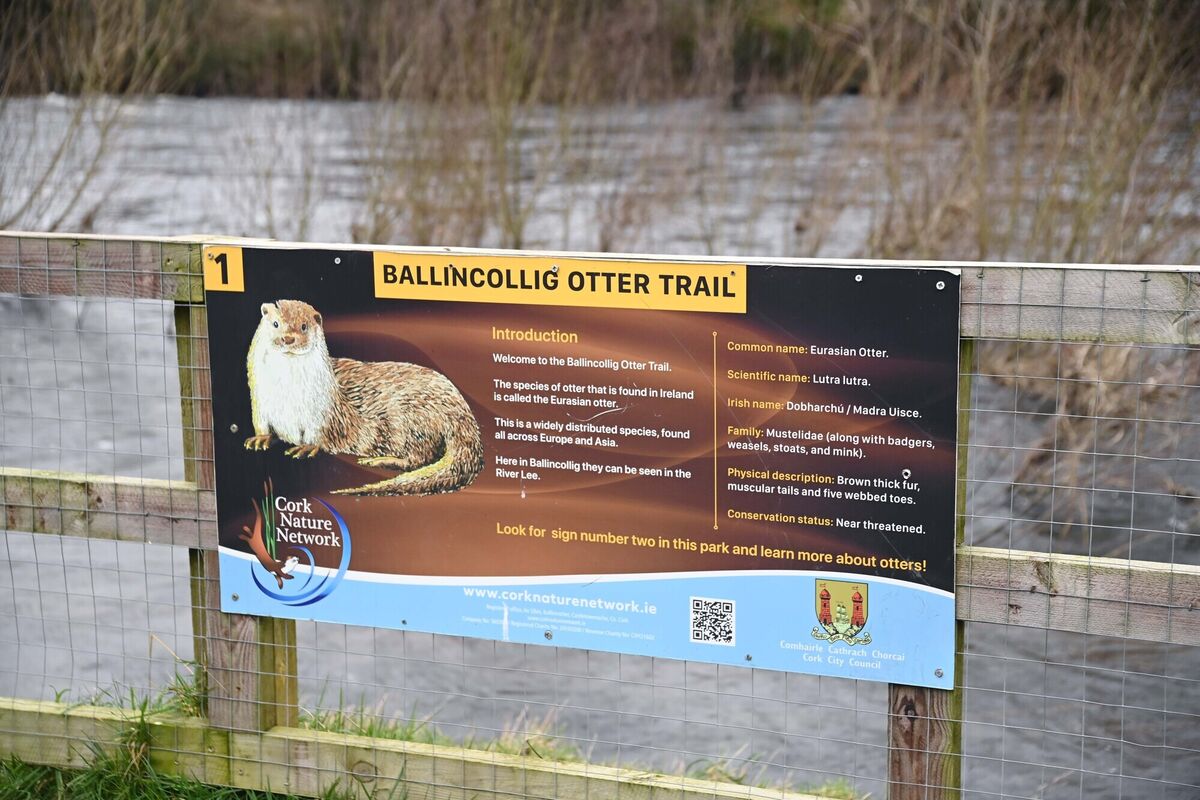
Did somebody, at the end of their tether, release their problem pet into the Herbert Park pond?
Otters, both male and female, are highly territorial and would see off an intruder. So Herbert Park might also have provided sanctuary to a refugee otter ousted from the river.








